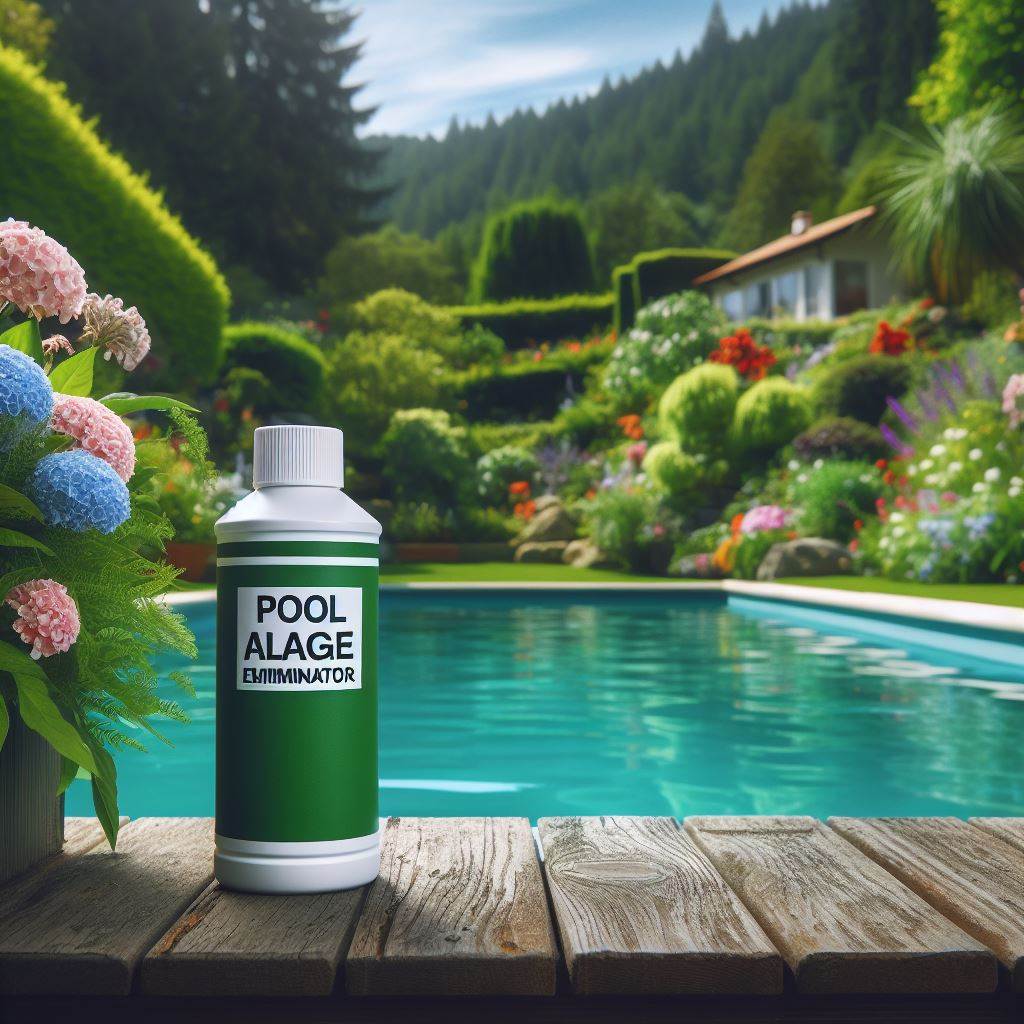In the realm of water maintenance, keeping ponds, lakes, swimming pools, and aquariums free from algae growth is a perpetual challenge. Algae not only mar the aesthetic appeal of water bodies but can also disrupt the delicate balance of the ecosystem, affect water quality, and even pose health risks. To tackle this issue effectively, selecting the appropriate algaecide tailored to your specific water quality is crucial. This comprehensive guide will walk you through the process, ensuring you make an informed decision before applying any treatment.

I. Understanding Water Quality Basics
Before delving into swimming pool algaecide selection, it’s essential to grasp the fundamentals of water quality. Key factors include pH level, hardness, alkalinity, temperature, and nutrient content. These variables directly influence the type and severity of algae growth. For instance, warm water and excess nutrients often foster rapid algal blooms.
1. Measure Water Parameters:
Start by testing your water’s pH, alkalinity, and hardness using reliable kits or professional services.
2. Monitor Nutrient Levels:
Pay attention to phosphorus and nitrogen levels, as these are primary nutrients for algae growth.
Temperature Check: Record water temperature as it can significantly impact algae growth rates and species composition.
II. Types of Algaecides: A Brief Overview
With a solid understanding of your water quality, it’s time to explore the various types of algaecides available on the market. Each category has its unique mode of action and suitability for different water conditions.
1. Copper-Based Algaecides:
Effective against a wide range of algae but sensitive to water chemistry, particularly pH and alkalinity.
2. Natural or Organic Algaecides:
Often made from plant extracts or bacteria that compete with algae for nutrients. Safer for fish and plants but may require frequent applications.
3. Oxidizing Agents:
Including hydrogen peroxide and potassium permanganate, these work by releasing oxygen that disrupts algae cells. Effective but can impact water chemistry.
4. Phosphorus Inhibitors:
Target the nutrient source of algae, preventing growth. Suitable for nutrient-rich waters but may not eliminate existing algae.
5. Algaecide/Clarifiers:
Combine algaecide properties with water clarification, improving overall water appearance.
III. Choosing the Right Algaecide for Your Water Quality
Now, let’s break down the selection process based on specific water quality parameters.
1. High pH and Alkalinity:
Copper-based algaecides may be less effective in alkaline waters due to reduced copper ion availability. Consider using an oxidizing agent or a natural algaecide that’s less sensitive to pH.
2. Soft Water:
Soft water (low hardness) can enhance the effectiveness of copper-based products as copper ions are more readily available. However, monitor carefully to avoid copper toxicity.
3. Nutrient-Rich Waters:
Phosphorus inhibitors are ideal for controlling algae in waters with high nutrient levels, especially phosphorus. Complement with a natural algaecide to manage existing growth.
4. Temperature Variations:
Warmer waters promote faster algae growth. Choose a fast-acting algaecide like an oxidizing agent or a product specifically designed for warm water conditions.
5. Sensitive Ecosystems:
In ponds or aquariums with delicate ecosystems, opt for natural or organic algaecides to minimize impact on fish, plants, and invertebrates.
IV. Additional Considerations
1. Compatibility:
Ensure the selected algaecide is compatible with your filtration system, water chemistry, and any other treatments you may be using.
2. Safety Precautions:
Always follow manufacturer instructions for safe handling, storage, and disposal of algaecides. Wear protective gear and avoid direct contact with skin and eyes.
3. Reapplication Schedule:
Establish a maintenance schedule based on the product’s instructions and your water’s response. Regular testing helps adjust treatment frequency.
4. Environmental Impact:
Consider the long-term environmental impact of your chosen algaecide, particularly if the water body is connected to larger ecosystems.
V. Conclusion
Selecting the right algaecide for your water quality is a vital step towards maintaining clean, healthy, and aesthetically pleasing water bodies. By understanding your water’s unique characteristics and evaluating the pros and cons of various algaecide types, you can make an informed decision that balances effectiveness with safety and environmental responsibility. Remember, regular testing, monitoring, and adjusting your treatment plan as needed are key to success. With the right tools and knowledge, you can effectively manage algae growth and enjoy your water feature for years to come.

 Instant
Quote
Instant
Quote Email
Us
Email
Us